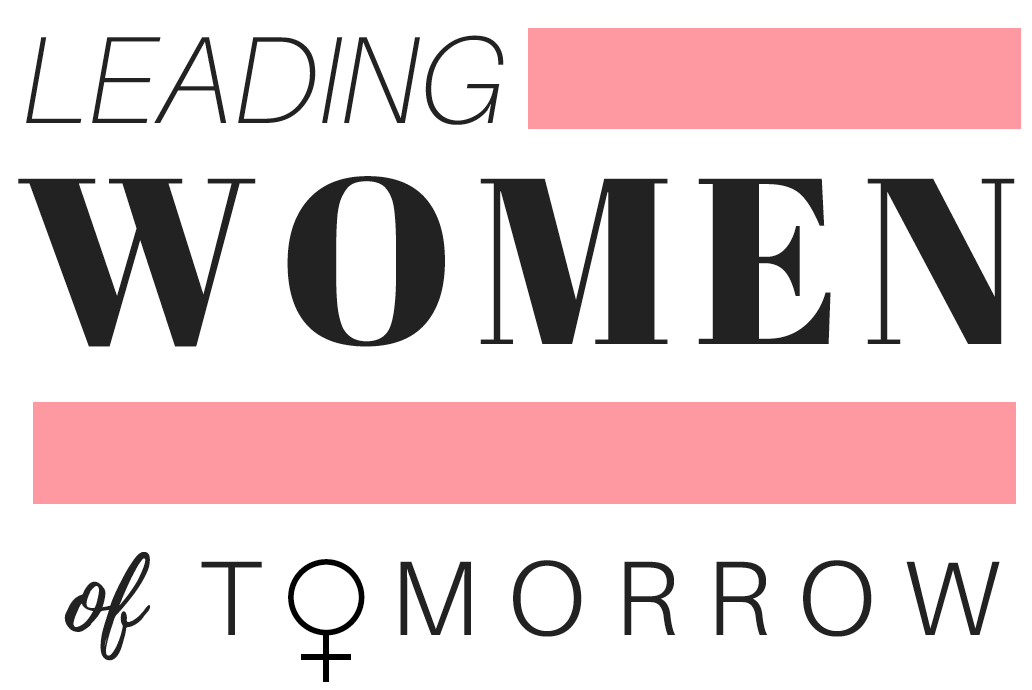Hidden No More
As of June 24, the NASA Headquarters on Hidden Figures Way has been renamed the Mary W. Jackson NASA Headquarters in order to honor the accomplishments and legacy of Mary Jackson.
SOURCE: NASA
Mary Jackson was born in Virginia in 1921, and even in high school she stood out as an accomplished student. After earning her Bachelor’s degree in math and physical science, she worked as a school teacher before landing a job under engineer Kazimierz Czarnecki. He encouraged her to increase her training in order to become an engineer of her own. Despite having to take the nighttime graduate courses at the all white Hampton High School, she pushed on and gained a promotion to become the first black female aerospace engineer at NASA in 1958.
Mary worked at NASA for 38 years, working her way up to earn the most senior engineering title available. Her work focused on aerodynamics, and she wrote or co-authored 12 technical papers. In her final four years, she chose to take a demotion in order to work on hiring and promoting the next generation of female scientists at NASA. She gained many honors in her lifetime, including the NASA Apollo Group Achievement Award that highlights individuals for outstanding accomplishments and substantial contributions to NASA’s mission.
Mary Jackson died in 2005, honored by her field, but somewhat forgotten by society. However, in the 15 years since her death, she has begun to get the recognition she deserved. Her story, along with Katherine Johnson and Dorothy Vaughan’s, was brought into the mainstream light in 2016 with the adaptation of Hidden Figures.
In June, NASA Administrator Jim Dridenstine announced the agency’s headquarters building in Washington DC wouldl be renamed after Mary Jackson. He acknowledged her legacy to science and representation. “Mary never accepted the status quo, she helped break barriers and open opportunities for African Americans and women in the field of engineering and technology,” he stated during the announcement. “Hidden no more, we will continue to recognize the contributions of women, African Americans, and people of all backgrounds who have made NASA’s successful history of exploration possible.”
Does renaming buildings really matter? I would argue yes, it does matter, for several reasons. The first is recognition. Mary Jackson’s legacy cannot be forgotten by scientists and society, and her contributions to NASA’s mission, scientific and otherwise, will continue to be celebrated. Second, the renaming of places of significance is incredibly important in today’s time. With the current nationwide discussions of confederate monuments, it is important to highlight and incorporate today’s culture and values to recognize society’s once hidden figures.
I would also stress the importance of recognizing strong female role models in science. At young ages, girls become interested in STEM subjects, but due to lack of encouragement and role models, quickly lose interest as teenagers. Women only make up a third of jobs in STEM, and less than 10% of all STEM graduates are women of color. How many women never pursue career interests because of lack of encouragement?
Hidden no more, Mary Jackson’s legacy will continue to lift women and girls into the field of science and usher in a new generation of scientists.

